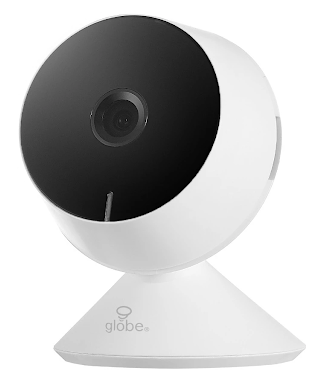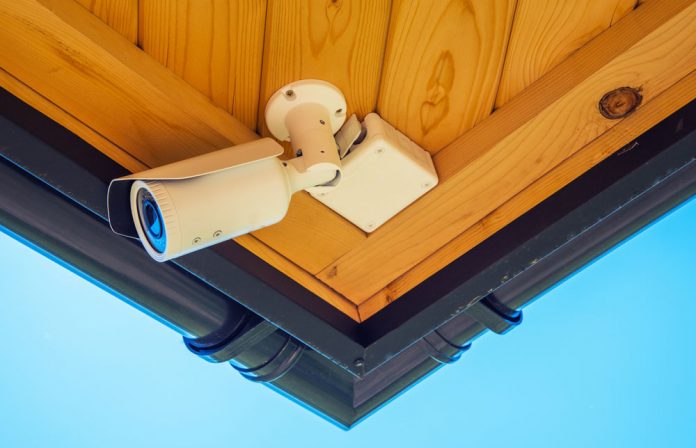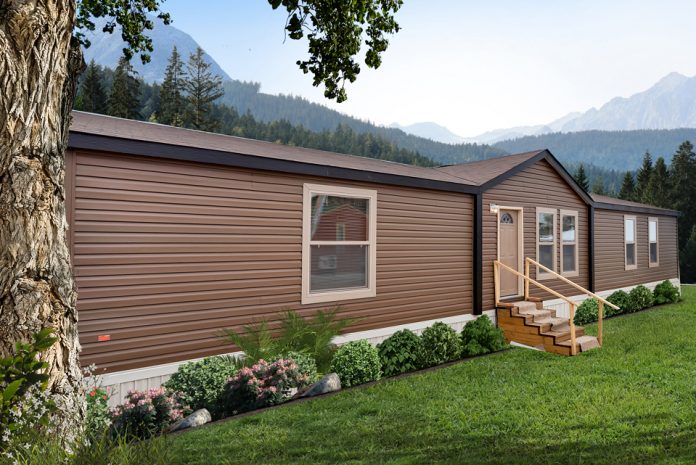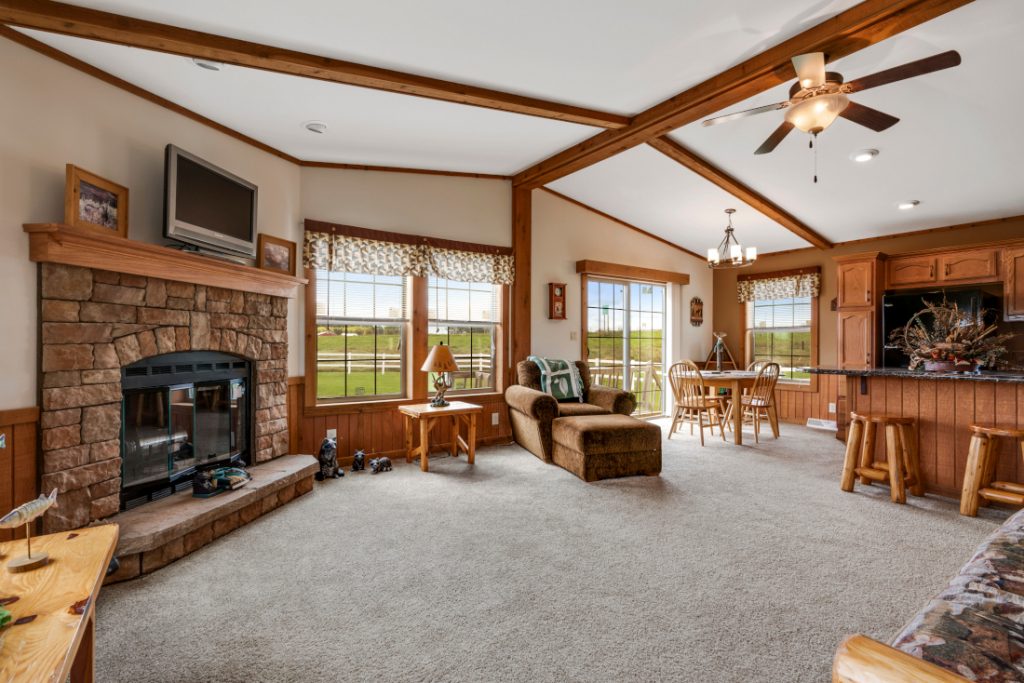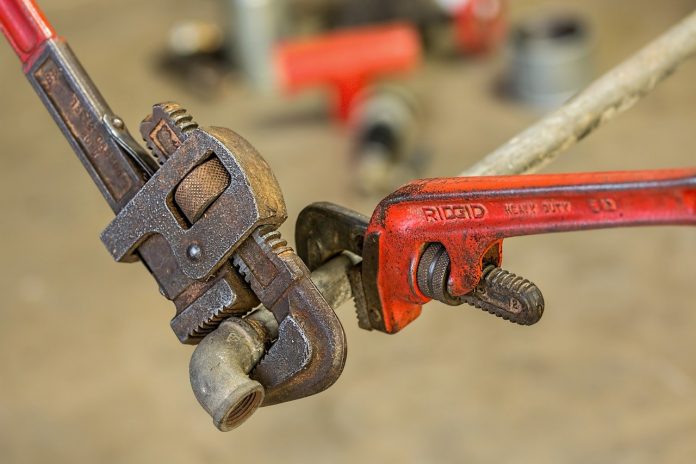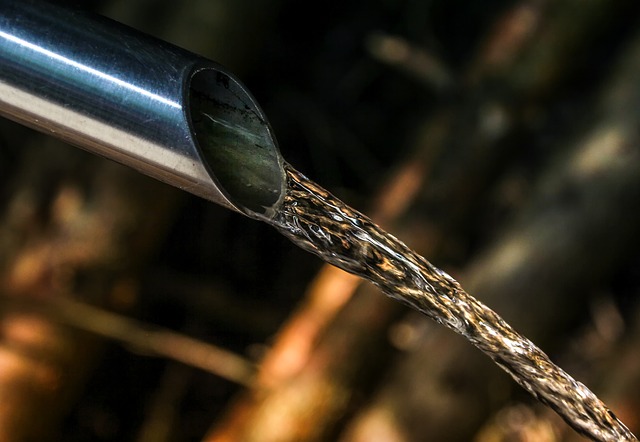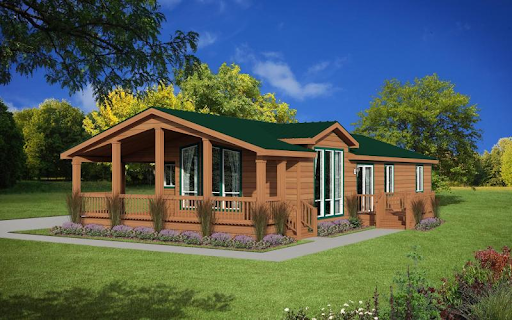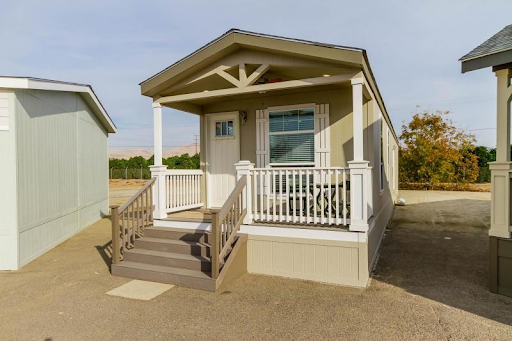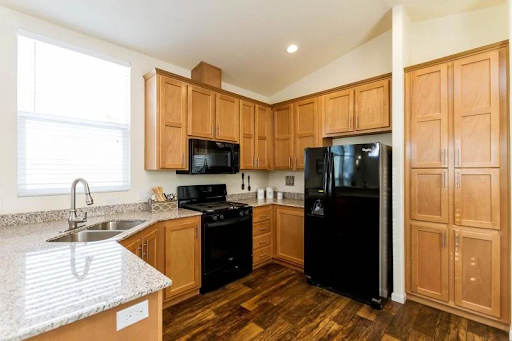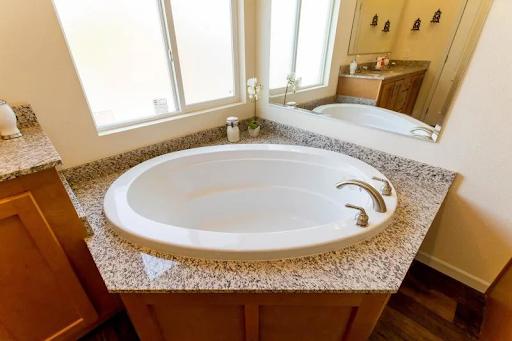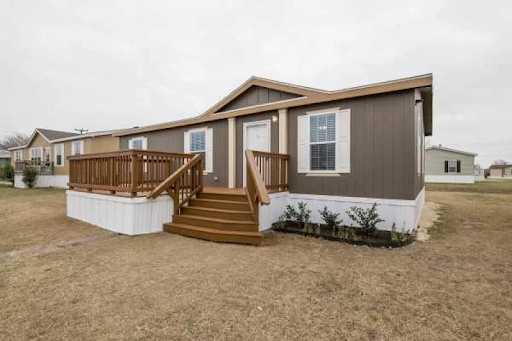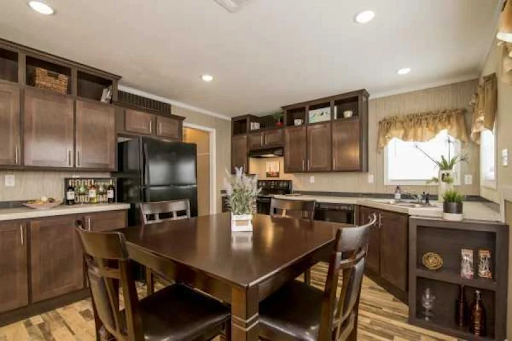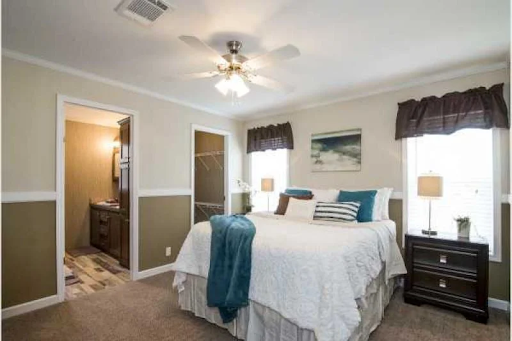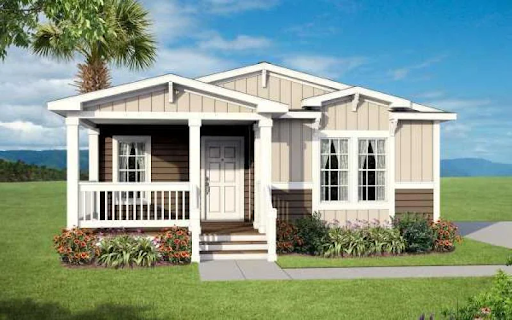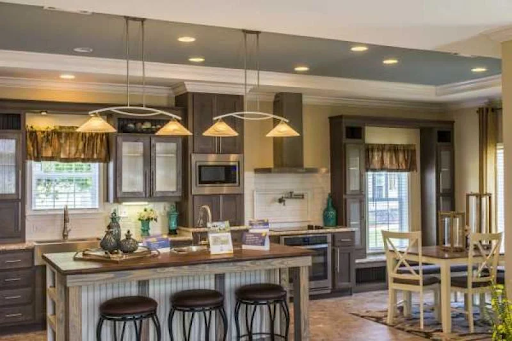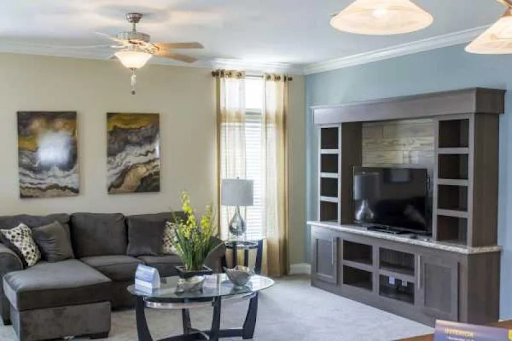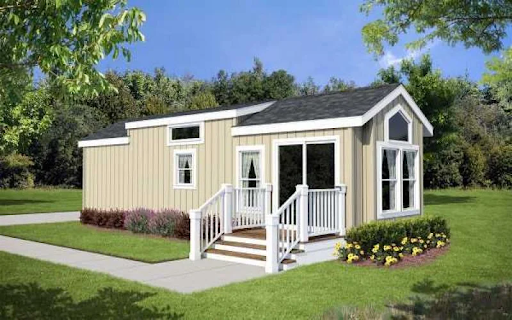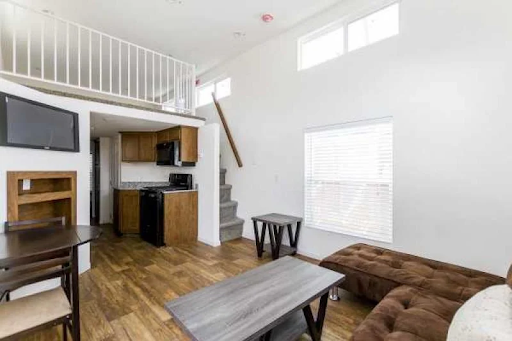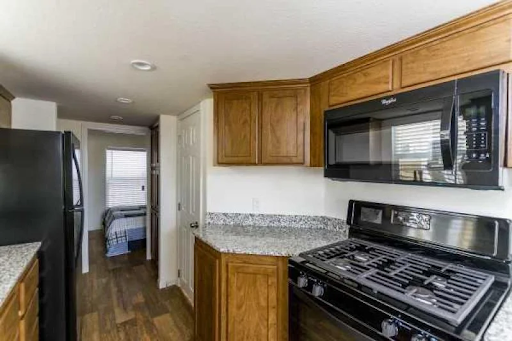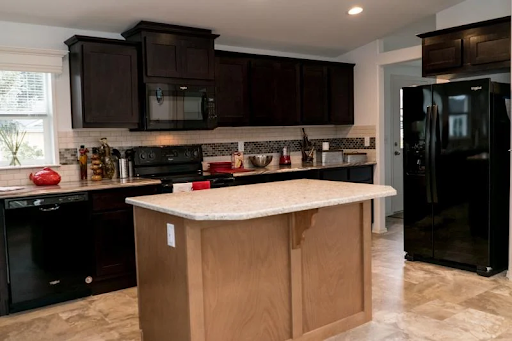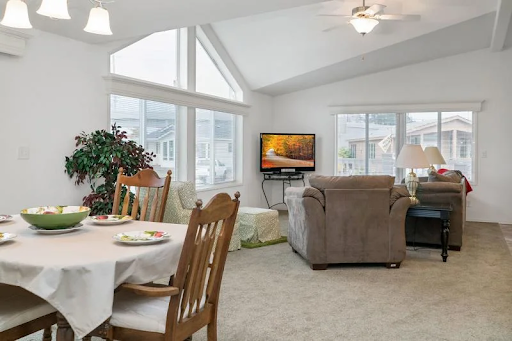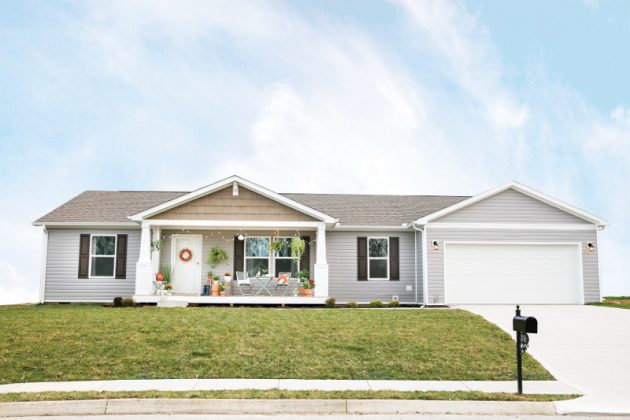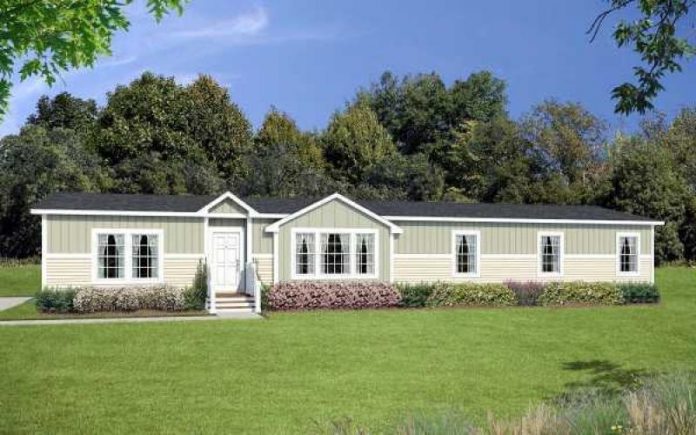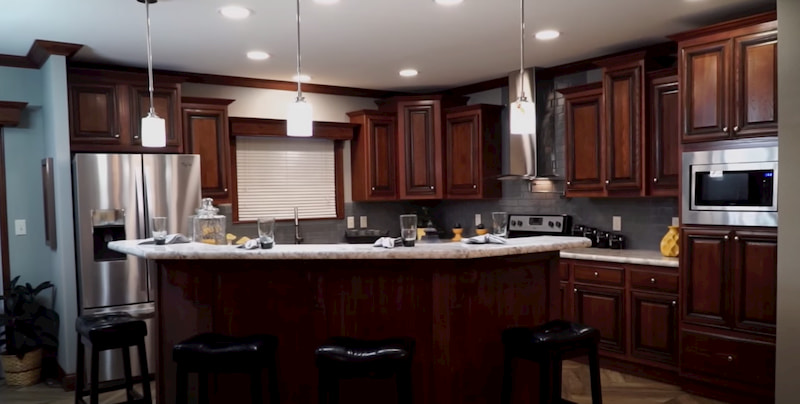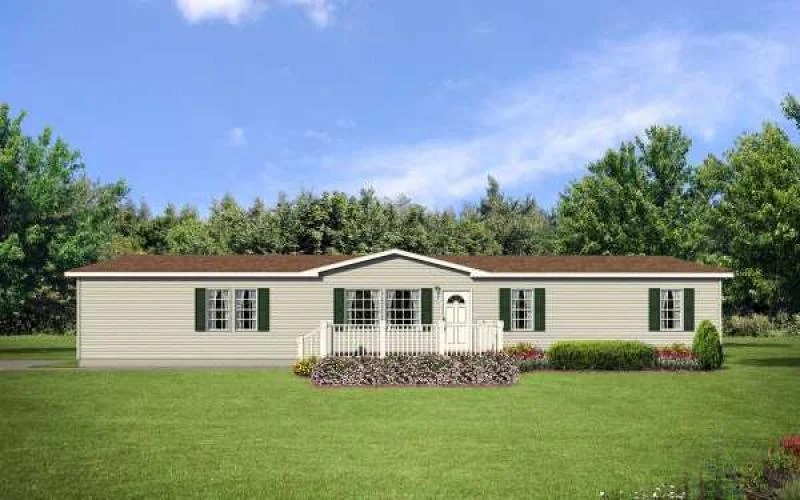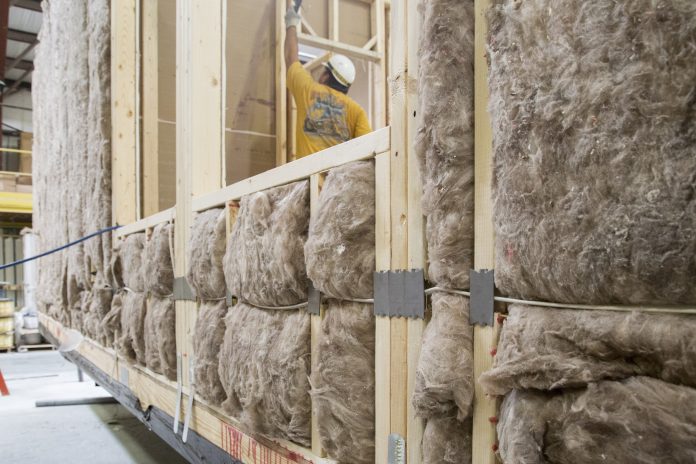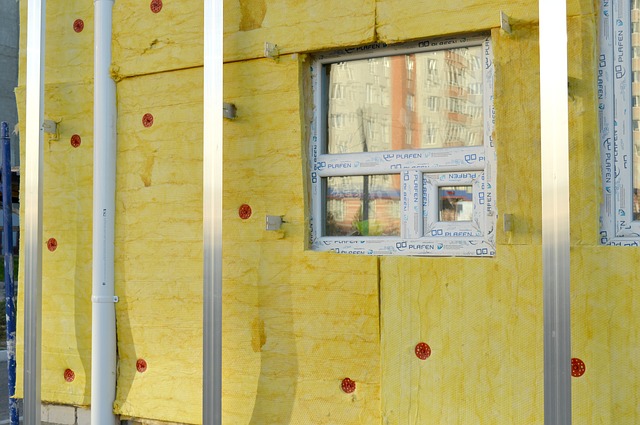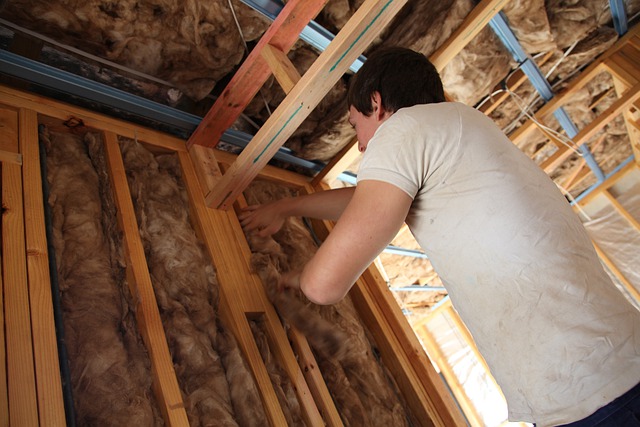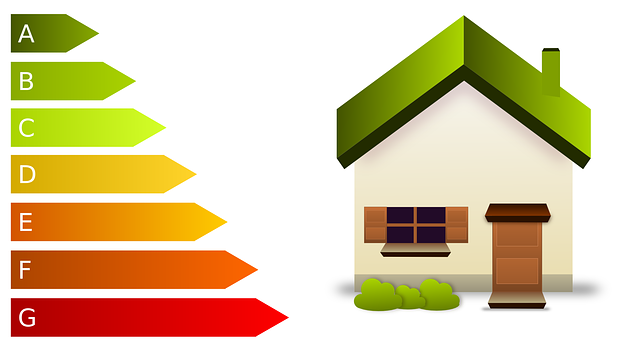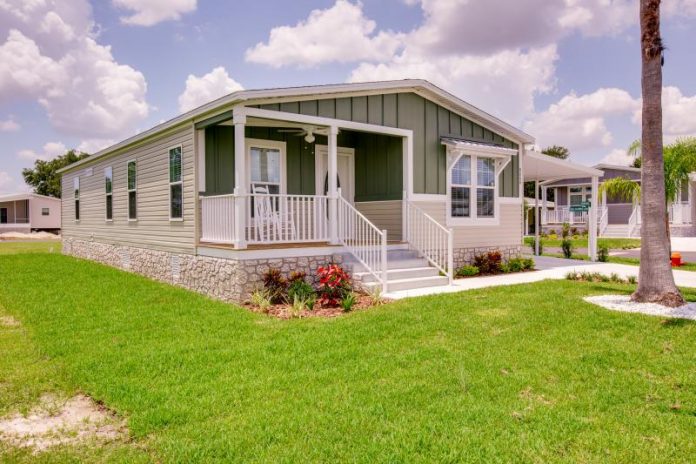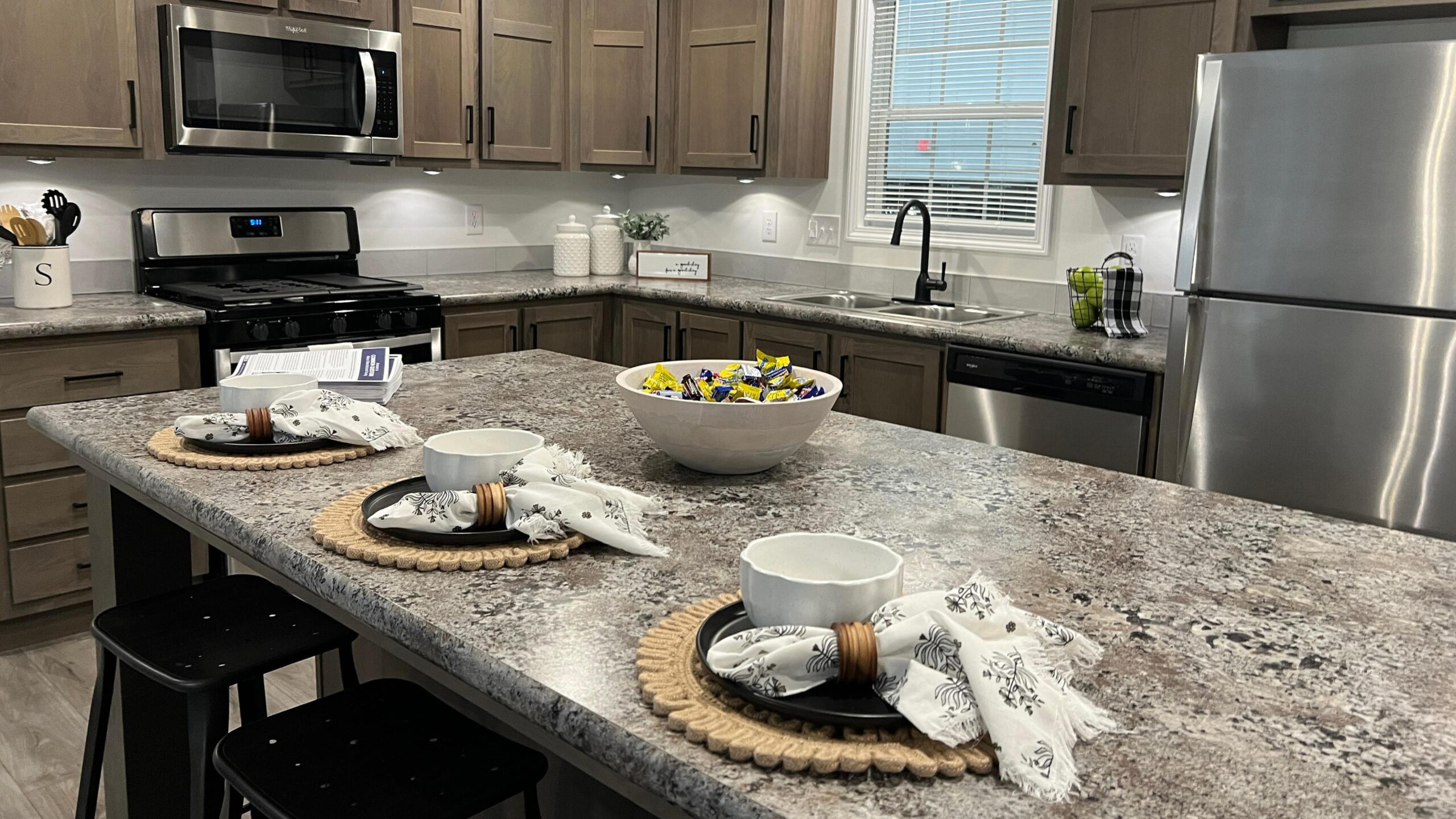One of the great things about manufactured homes is that buyers have plenty of options when it comes to bedrooms, bathrooms, floor plans and more. So many manufactured home models are now available on the market that it’s possible to find a home with almost any combination of features that a buyer wants.
However, the endless variety of options available also means that it’s important for a buyer to know the approximate cost of the choices that they will be presented with when shopping for a manufactured home. By breaking each option down and examining how it affects the cost of the home, buyers can gain a better understanding of what they can expect to pay for a quality manufactured home.
This guide is designed to help manufactured home buyers learn about the many different factors that go into the cost of a manufactured home. From square footage to home features to important extras like taxes and utilities, these are the costs that you’ll need to be familiar with as you commence your hunt for the perfect mobile home for sale.
Factor #1: Size
Square footage is one of the biggest factors in determining the cost of a manufactured home. More square footage means more room for your family, your possessions and your life.
Manufactured homes fall into one of three size categories. Single wide manufactured homes are built and delivered as a single unit, while double wide manufactured homes are built and delivered in sections that are joined together at the home site. Multi-section manufactured homes are triple wide or quadruple wide models that add more sections and more square footage.

Although the prices of manufactured homes fluctuate just like site-built homes do, here’s the average price of a new manufactured home (plus its square footage and per-square-foot cost) in 2016:
- Single Wide:
- Average Sales Price: $46,700
- Average Square Footage: 1,075
- Average Price Per Square Foot: $43.44
- Double Wide/Multi-Section:
- Average Sales Price: $89,500
- Average Square Footage: 1,746
- Average Price Per Square Foot: $51.26
Our guide to mobile home sizes will help buyers understand more about what each size of manufactured homes offers. There’s no one-size-fits-all solution, and each family will need to consider their own space needs.
Factor #2: Bedrooms and Bathrooms
Bedrooms and bathrooms are among any home’s most important features, and they have a big impact on the cost of a manufactured home. As a general rule, homes with more bedrooms and bathrooms will have more square footage. You can expect approximately:
- 2 beds and 1-2 baths in a single wide manufactured home
- 2-3 beds and 2 baths in a double wide manufactured home
- 3-5 beds and 2-3 baths in a multi-section manufactured home
Many buyers want as many bedrooms and bathrooms as they can get within their price range. Unused bedrooms or flex rooms can be converted into guest rooms, home offices, home gyms or just about anything else. Many families who may plan to have more children will choose to purchase a manufactured home with an extra bedroom or two to accommodate a growing family.

Factor #3: Upgrades
Many home manufacturers offer upgrade packages on their manufactured homes. These upgrades can offer all kinds of conveniences and practical advantages for an additional fee.
Manufactured home floor plans sometimes come with the option to add an extra bedroom or bathroom, so ask your builder about whether the models you’re interested in include these options. Bedrooms and bathrooms themselves are also common areas for optional upgrades, with many models offering premium features such as walk-in closets and separate bathtubs and showers.
You’ll also want to consider what kind of appliances you want for your manufactured home. Many home builders offer upgraded appliances packages with features such as stainless steel exteriors, induction cooktops, French door refrigerators, and smart home integration. These appliances can be a big quality of life upgrade for your kitchen.
Factor #4: Porches and Garages
Many homebuyers want a garage to keep their vehicles safe and provide some extra storage space or a porch for relaxing with family and friends. However, additions to a manufactured home must be free-standing structures with their own footings, so this will usually require hiring a third-party contractor to build an additional structure. During the process of selecting a manufactured home model, be sure to ask the builder whether a model is suitable for structural additions.
The cost of adding a garage varies by model and style, but the national average cost to build a garage is $49 per square foot (depending on finishing, dimensions, foundation and other characteristics). The most popular sizes of two-car garages vary in cost between $28,200 to $42,300. Detached garages tend to be slightly more expensive, as they must be built from the ground up rather than attached to an existing structure.

Prefab garages and carports are also popular options for some homeowners. A prefab steel garage can cost as little as $4,000, but as with all garages, you should check with your community association first to ensure that you’re allowed to build one.
The cost of a mobile home porch or deck averages around $5,000 to $10,000, but it can vary widely depending on the structure of the porch. A simple DIY porch with a lean-to roof might cost only a few hundred dollars, while a full-fledged gabled porch can cost $10,000 or more.
Factor #5: Land
Your manufactured home will need a home site on which to rest, and you’ll need to factor in the cost of purchasing or leasing that land. If you can afford the upfront cost and land is relatively inexpensive where you live, purchasing a lot can be a good investment that saves you money in the long term, but leasing a lot is also a good option for many homebuyers.
If you want to purchase your own home site, costs will vary widely with local land values and regulations. The average cost of land in the U.S. is $3,020 per acre, but there is considerable variation among states. State and local zoning laws often establish certain areas where manufactured homes are allowed, and they may also establish a minimum lot size for a manufactured home, so be sure to familiarize yourself with these laws before buying land.

Leasing your lot is also an option, and if you’ll be placing your new home in a mobile home park, you’ll typically need to lease a lot (unless you opt for a resident-owned mobile home park). You’ll pay a monthly lot rent, which can vary widely anywhere from $400-$800 per month depending on the region. Some landlords will roll utilities into the lot rent, so make sure to ask the property manager exactly what is included in lot rent.
Factor #6: HOA Fees
Many manufactured home buyers find that there are big advantages to living in a community of manufactured homeowners. Mobile home parks are located all around the U.S. and many offer amenities such as pools, fitness centers and clubhouses, as well as a sense of community and opportunities to make new friends.
However, many mobile home parks have homeowners’ associations (HOAs) that are responsible for maintaining properties and amenities. You’ll usually pay a monthly fee to your HOA to support community maintenance and security, which is usually between $200-$300 but can be as high as $500 in some highly desirable communities. Your HOA fees may be included in lot rent, or they may be charged separately.
Factor #7: Utilities
Your manufactured home will need to be hooked up to local electric, gas, water and Internet utilities, and you’ll have to pay monthly utility bills. Some utility companies may require a deposit before they will connect your home site. If you lease your manufactured home lot, some utilities may be included in lot rent, but others may not be.
There are several steps you can take to lower the cost of utilities for your manufactured home, including purchasing an ENERGY STAR® certified home and upgrading your home’s insulation. Make sure to talk to your builder about the home’s R-value to learn about how your home is insulated and options that may be available for improving energy efficiency.

Factor #8: Taxes
Manufactured homes are taxed at the state and local level, so tax obligations vary widely. The type of taxes you pay on your home will be determined by whether your home is titled as real estate or as personal property.
Manufactured homes attached to a permanent foundation and titled as real estate are usually taxed at the same rate as site-built homes in the same tax jurisdiction. The national average property tax rate is 1.15 percent of appraised home value, but some states have significantly higher or lower rates.
If your manufactured home is titled as personal property, you will usually pay annual taxes on it to your state’s DMV, much as you would with a vehicle. Some states, such as Michigan, don’t require any annual tax for manufactured homes titled as personal property. Instead, many of these states will levy a sales tax at the time you purchase the manufactured home. If you’re buying a manufactured home in one of these states, your builder will be able to inform you about your tax obligations.
If you rent your lot, some states will allow you to deduct lot rent on your annual taxes since part of it goes to pay your landlord’s property taxes. Check with your state department of revenue or county assessor’s office to learn whether you’re eligible to do this.
Factor #9: Transportation
Your new manufactured home will need to be delivered to your home site from the factory. Typically, manufacturers include delivery costs in the price of the home, up to a distance of around 100 miles, with additional fees averaging $6 to $15 per mile after that.

However, the homebuyer may be liable for additional costs, such as the cost of obtaining a permit to move the home. Make sure to check with the home builder about what you’ll be expected to pay for, potentially including labor costs to set and install the home.
Used Manufactured Home Prices
Buying a previously owned manufactured home is also a popular choice for buyers who want to save money and move into a home as quickly as possible. Today’s durable manufactured home models maintain their value well when properly cared for, so a used manufactured home can provide some real financial advantages.
Much as with a new manufactured home, the cost of a used manufactured home is determined by several factors, including:
- The original mobile home book value, including its square footage and bedrooms/bathrooms.
- The current condition of the manufactured home and whether it has been maintained properly or needs any repairs.
- The location of the manufactured home.
- Whether or not land is included with the manufactured home.
- The current state of the housing market.
- The time of year when the home is sold.

For more information about used manufactured homes, see “What to Look for When Buying a Used Manufactured Home” and learn how to find a reliable used mobile home price guide. Then, start your search on MHVillage’s used manufactured home listings, America’s largest database of previously owned manufactured homes for sale.
One final thought:
To find the perfect manufactured home for your family, it’s important to have the full range of resources on home pricing, how to evaluate a home, and how to make an offer. You’ll find this critical information in our Mobile Home Buyer’s Guide, plus tons of other useful tips to make your manufactured home hunt a success.
